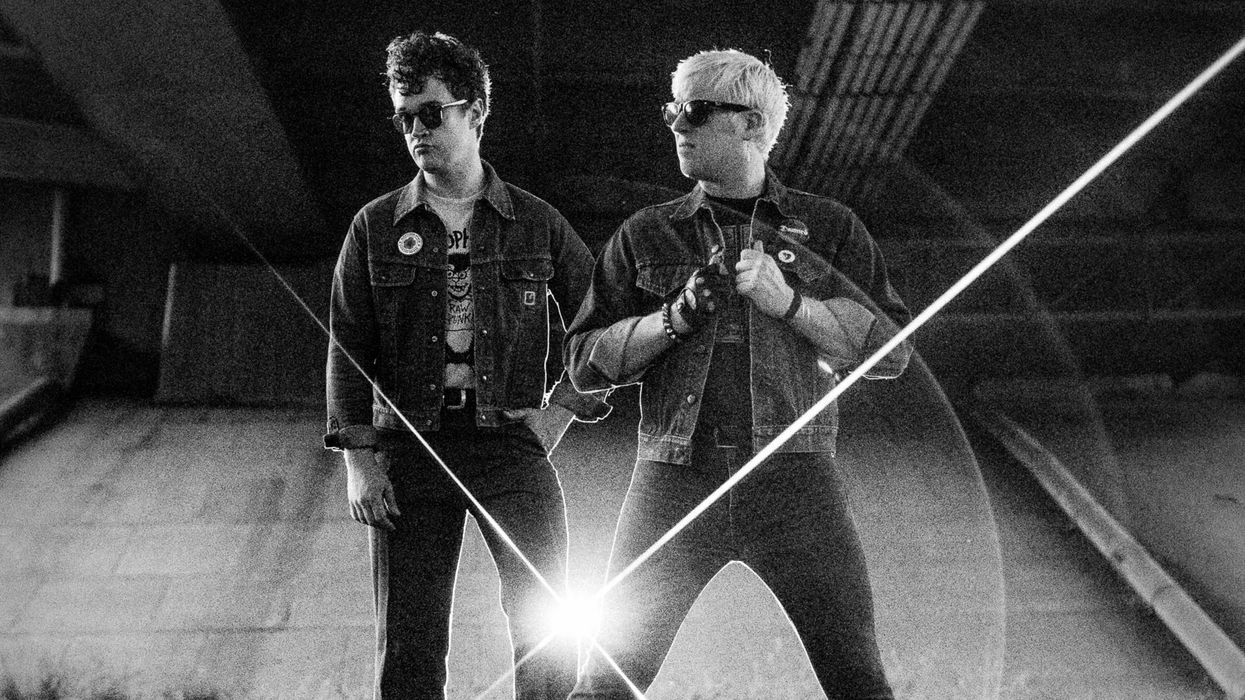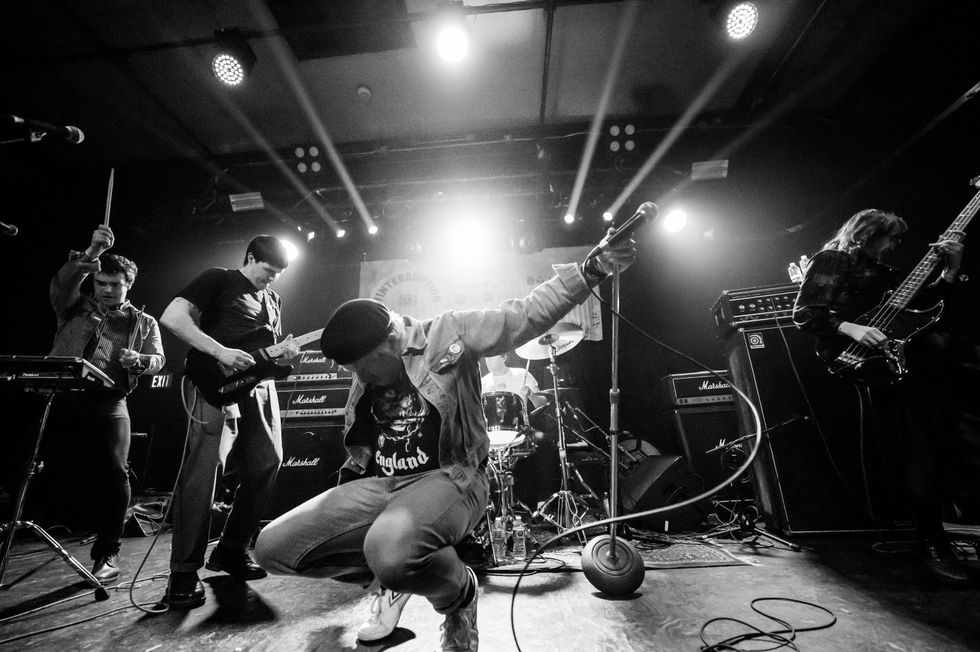I recently had the pleasure of sitting down and speaking with Favored Nations’ guitarist Andy Timmons to discuss the recording techniques of his latest Andy Timmons Band release, Resolution. For those of you unfamiliar with Andy, he’s a former member of the ‘80s pop-metal band Danger Danger. His other projects have included stints as Olivia Newton-John’s music director and guitarist for the past seven years, as well as sharing the stage with Joe Satriani, Ted Nugent and the Beach Boys – how’s that for diversity? Andy spoke with us about his striking tonal control and masterful use of effects on his latest offering.
BT: Could you describe the creative process involved in making Resolution?
AT: It was quite the process of experimentation and discovery. It was the first record we ever approached strictly as a trio, and about halfway through we decided it would be nice to strip it down to just one guitar performance. Some of the basic tracks actually go back to 2001-02 – on my previous Favored Nations album, That Was Then This is Now we had recorded four new tracks. When we turned it over to [Favored Nations label owner] Steve Vai, he loved it. Steve liked hearing the fingers on the frets and the dynamics of everything, because it wasn’t muddled up with all of this other stuff going on. After he said that to me, I decided to do a whole record like that. From there I got really excited and I knew it was going to be a challenge and it really proved to be a very interesting one.
What guitars and amps did you use for the recording?
A ‘68 Marshall Plexi Super Lead panned on one side of the stereo field and a ‘79 Marshall JMP panned on the other side. Believe it or not, this was the first time I had ever played through a Marshall amp. I played both of them simultaneously through a Framptone Amp switcher with my signature Ibanez AT300 and AT100 guitars, which enabled me to play both amps with one guitar loud and clean using a tape echo and tube driver in front. For the album’s title track, I re-amped the Marshall through a Leslie 122 cabinet to get that swirling, Hendrix-y sound.
Mike Danne’s role on this recording went beyond typical bass duties. Can you tell us more about his input on Resolution?
Mike was a major component on this record. We’ve played together for years and he has a great ear for music – we’re able to feel the push and pull from each other. He actually co-produced the album, going for a very natural feel by recording all the guitar tracks in his studio without using any EQ.
What are your favorite cabinets to use?
The Mesa Boogie 212 Rectifier cabinets; I find them to be very focused, fat and warm sounding. My ears are so tuned to those cabinets and the Celestion Vintage 30 speakers.
Could you tell us more about the mics and format you used to record the album?
Most of the takes were one pass through on the same rig. I used all SM57s for recording the guitar. We recorded all the basic tracks onto 2” analog tape in an old Neve room just south of Dallas, and then we bounced to Pro Tools, then to Logic to record the guitar tracks, bouncing everything back to Pro Tools for the final mix. We wanted something unaffected.
I found Andy’s approach very interesting because it demonstrates an old school way of thinking in which you do not rely on EQ from the mixer or outboard gear. Instead, you reposition mics or adjust the tone of the initial source to get the desired recording. Also, a good point is that you don’t necessarily need expensive mics to capture great tone. The Shure SM57 microphone is one of the most affordable mics on the market, but very effective for capturing electric guitar tones.
Another great aspect of Andy’s recording is the use of the Framptone Amp Switcher, available from robertkeeley.com. I have one myself and it really enables you to get a stereo-like guitar image and texture using two different amps. You can simultaneously record extreme amps like a Fender Super Reverb and a Marshall JCM800 and use different effects on each amp. For instance, I used a Tube Screamer for the Fender Super Reverb and a Uni-Vibe through the JCM800 and hard panned each amp left and right. It’s important to note that you can accomplish this by doing several recording passes using different guitars and amps, much like the classic Alice in Chains album, Dirt, produced by Dave Jerden. Layering various guitars and amps will give you a fatter and richer tone for rhythm tracks. However, when doing melodies and solos the amp switcher is a more accurate way to record two amps at once.
Andy is one guy who understands tone and the gear he uses. As for making albums, he concluded, “I love the process and energy of it. Till the gold records pour in!” Check out Andy’s CD at andytimmons.com.
Brian Tarquin
Emmy Award Winning Guitarist Brian Tarquin scored a Top 20 hit in the 90’s with “The Best of Acid Jazz, vol. 2” on Instinct Records and enjoyed several top 10 hits on the R&R charts. Founder of the rock/electronica band, Asphalt Jungle and has scored TV music for such shows as, CSI, Smallville, MTV, Alias, 24, All My Children and many others.
bohemianproductions.net
jungleroom@optonline.net
myspace.com/bohemianproductionsmusic


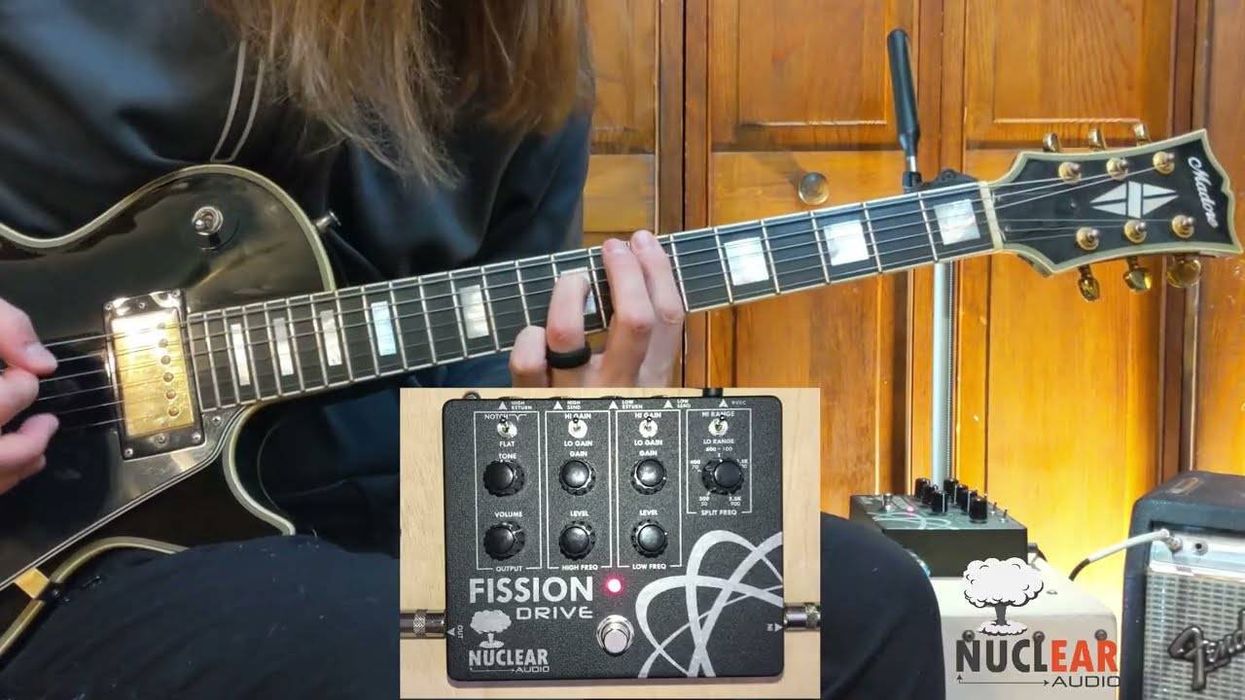




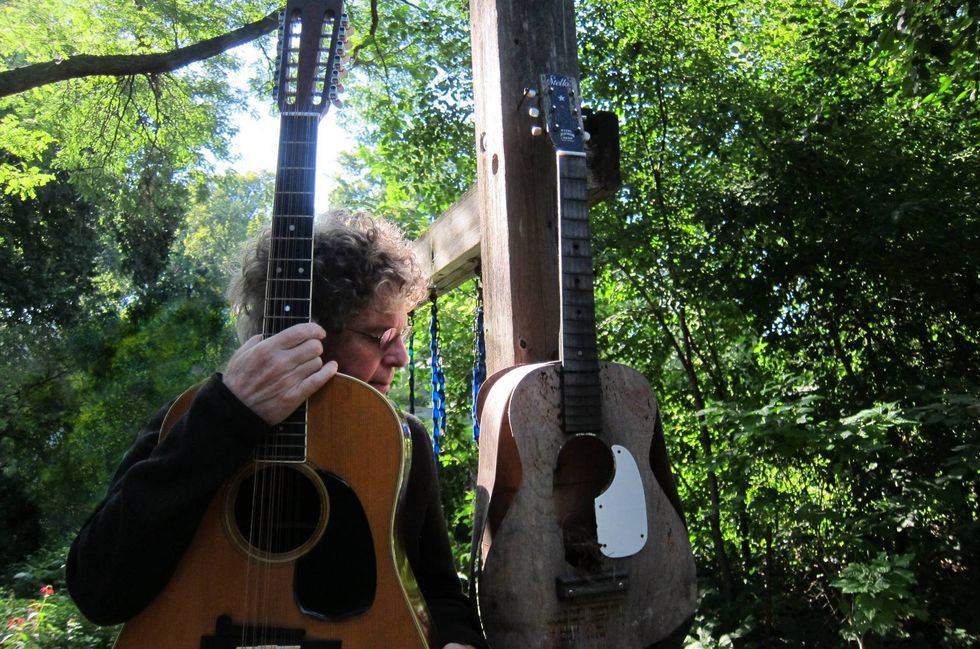
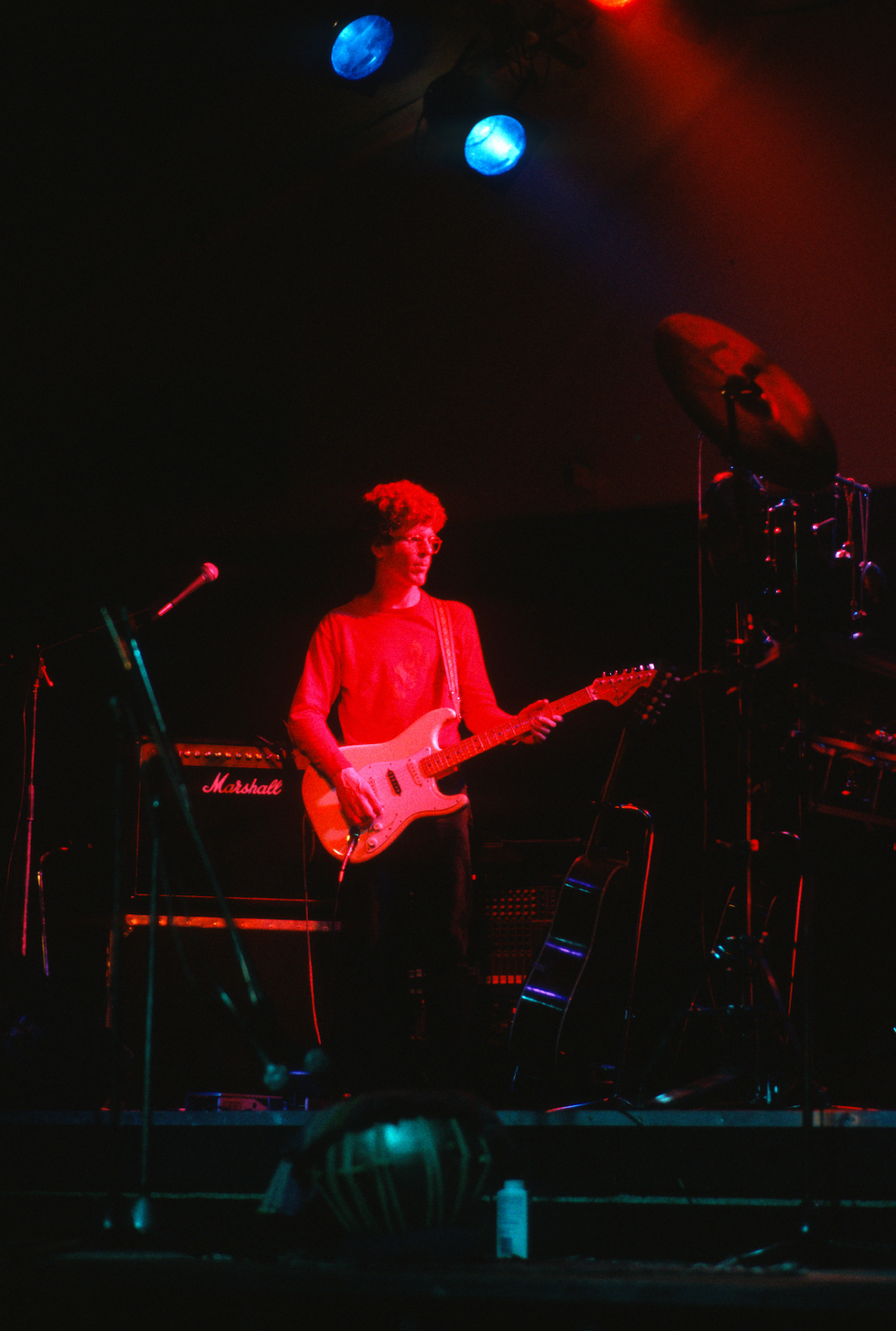
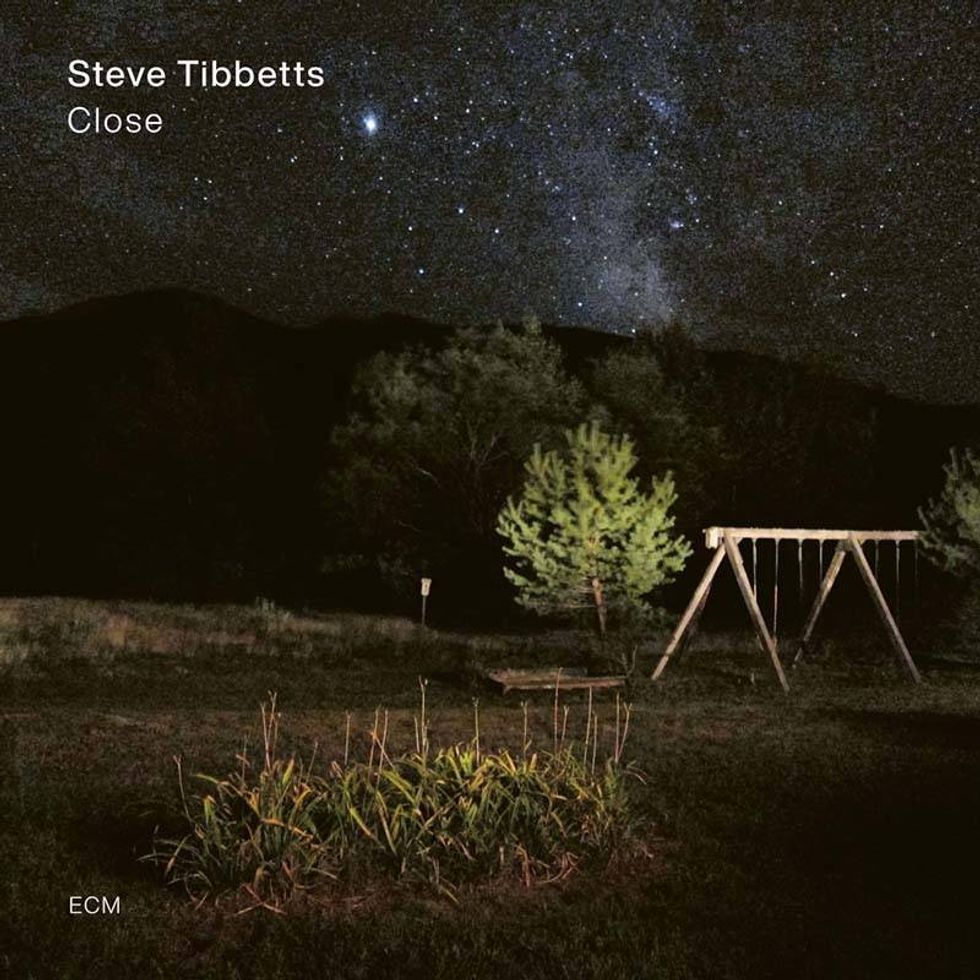



![Rig Rundown: Russian Circles’ Mike Sullivan [2025]](https://www.premierguitar.com/media-library/youtube.jpg?id=62303631&width=1245&height=700&quality=70&coordinates=0%2C0%2C0%2C0)





